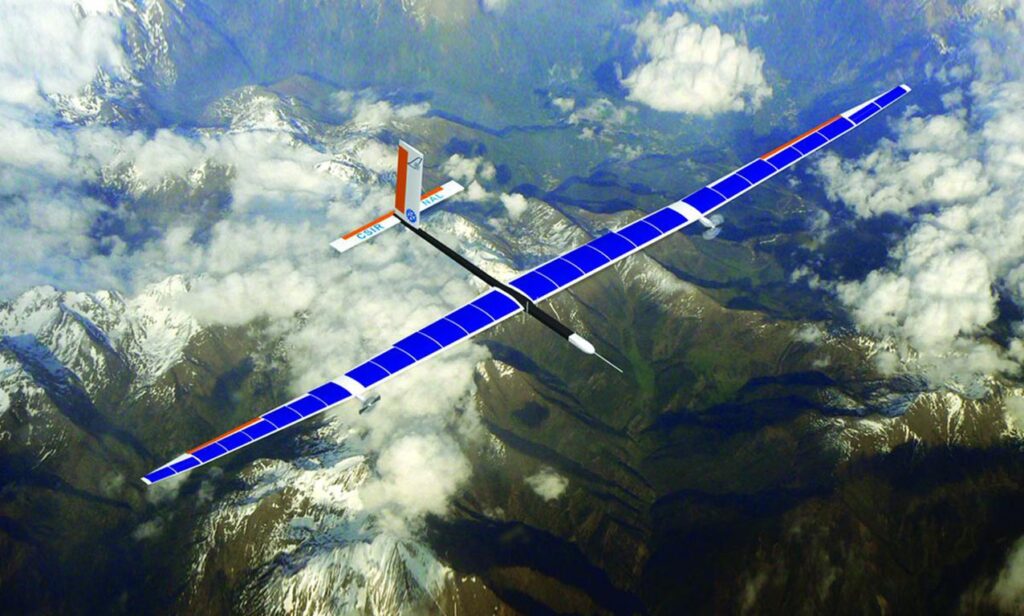NAL plans to unveil India’s Maiden High Altitude Platform in May
- Come May, India will see its first high-altitude platform (HAP) take off.
- NAL gears up to soar high, set to unveil India’s maiden High Altitude Platform (HAP).
- High Altitude Platform has a lot of applications, especially in communication like wireless and emergency communication.
- A high-altitude platform can do all that satellites are used for, but at low cost. National Aerospace Laboratories is readying a prototype.
- The scientific agency informed that the full-fledged version of the HAP will be ready in around two-three years.
Bangalore, March 12. The National Aerospace Laboratories (NAL) is set to launch India’s first High Altitude Platform (HAP) in May.

The Council of Scientific and Industrial Research (CSIR) associated institution will first try with the prototype device which will fly up to a range of around 3 km. The prototype device will hover above ground while its designer-manufacturer, National Aerospace Laboratories (NAL), tests and validates the on-board equipment
The object is seen as a more evolved version of a drone that can fly up to the range of 18-20 km from the ground.
High Altitude Platform has a lot of applications, especially in communication like wireless access and emergency communication.
The device can also help security agencies to keep a tight vigil at borders and prevent infiltrations and smuggling.
HAPs are seen as a promising technology for providing broadband internet access to remote areas, supporting disaster response efforts, and monitoring the environment. However, there are also concerns about the safety and security of these platforms, as well as their potential impact on the aviation industry and the environment.
Potential applications include guarding against external threats (border surveillance), piracy, smuggling, irregular migration, and pollution; search and rescue operations; wireless access; emergency communications; and rural communications.
A HAP would typically be stationed in the upper atmosphere for several months; since it can’t carry its fuel, the energy must come from solar power. The solar panels must be flexible enough to adhere to the wings. They must also be high-efficiency to be able to generate enough power to not only run equipment such as control systems and the payload but also store enough for night-time. This would require carrying on board an ultra-high-energy dense battery, which comprises high-end lithium-ion batteries with silicon nanowire electrodes.
The local administration can also use the device to check pollution and take a stock of development activities in the area.
The scientific agency informed that the full-fledged version of the HAP will be ready in around two-three years.
As the air at the higher altitude is thin, the HAP is a lightweight device that will be powered by solar energy. The device also stores energy to work during the night and carries an ultra-high-energy dense battery to serve the storage purpose. The battery comprises high-end lithium-ion batteries with silicon nanowire electrodes.
The device is sometimes also called Low Altitude Pseudo satellite and the experts have pointed out that, a full-fledged HAP can provide various services that satellites provide at a much cheaper budget.
The organization is also collaborating with startups like New Space Research and Technologies and has allocated ₹42 crore to develop a prototype of HAP.
Hindustan Aeronautics Limited (HAL) has also showcased an interest in building a High Altitude Platform (HAP).





